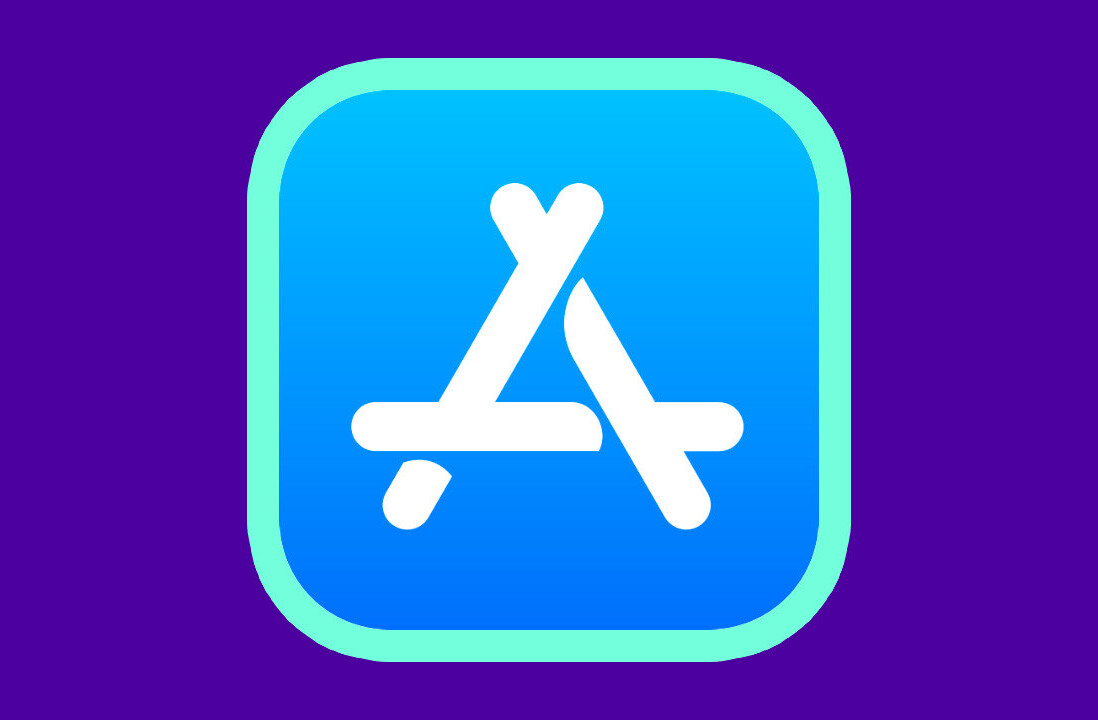
Some tech startups are little more than a simple app designed to help you find the best sandwich in town, whilst others are setting out to conquer the world with retro photo apps. Useful? Maybe. Game-changing? More often than not, the answer is no.
With that in mind, one startup is setting out to to launch what it’s calling the granddaddy of all frighteningly ambitious ideas. Meet CloudFactory, an up-and-coming tech firm that’s setting out with big ambitions.
Founded by entrepreneur Mark Sears, CloudFactory is based out of Nepal, the landlocked South Asian sovereign state. So what does CloudFactory do, exactly? Well, a big clue is in its name, but let’s take a closer look.
CloudFactory: How it works

The main remit of CloudFactory is to connect one million people in the developing world to basic computer work, while enabling them to address poverty in their own communities. Here’s how it plans to achieve this.
The good people behind this initiative are developing a platform that breaks down large digital projects into smaller tasks that any literate person with basic IT skills can complete. The platform will dish out tasks to up to one million people in developing countries, which means larger-scale tasks can be completed faster for those seeking it, and those doing the work receive payment for their efforts.
CloudFactory also say that its growth model enables the workers to receive education and training and subsequently become leaders in their community. Of course, by their own admission, this all sounds very idealistic. And anything which proclaims to solve labor issues in developed countries by outsourcing it to developing countries is always going to be met with skepticism at first.
“We have been hacking away for the last two years in Rails, and a bunch of other cool technologies including MongoDB and Redis, and have a working platform now being used by early customers,” says CloudFactory Product Manager Kailash Badu. “We are testing it with a growing group of people from Nepal (where we are based) we call cloud workers, and we are thrilled by the quality of results we are getting.”
Indeed, Badu says that in its short lifespan so far, they have proof that its model can have a very positive impact on the lives of those involved. “We have seen demonstrable proof of transformation in the lives of our cloud workers after joining CloudFactory, thus validating our third point too,” he says.
The third point Badu is referring to, is this:
“People would get paid for their efforts allowing them to make a living for themselves. Additionally, our unique growth model would also enable them to receive education and training to become leaders in their own community, excel in life, and enjoy prosperity.”
The big challenge following this initial test phase is to begin scaling, and develop this model to include one million people.
There are, of course, other similar initiatives out there, such as Microtask, a Finnish startup that offers a proprietary software platform which automatically splits work assignments into tiny pieces and distributes them to its digital workers around the world. It’s initially focusing on document processing and data entry “…which typically require large amounts of menial and repetitive work such as typing in forms, fixing scanning results and verifying data.”
CloudFactory’s workers log-in from around the world 24/7, and they come from different worker pools, though mostly Amazon Mechanical Turk at the moment, but it says it has started building up its own workforce in developing countries as part of its social mission.
So..what could you use CloudFactory for? Well, anything that requires human input. For example, data input, transcription, tagging images…any work that needs a brain, ten fingers and a computer.
The first step is to design your assembly line using CloudFactory’s Web Interface, Command Line Interface or the API. You can also browse the CloudFactory public assembly lines and select one of them.

You can then pass some input to your assembly line and start a production run to get some work done in the cloud.
“Unlocking this human potential is the driving force behind CloudFactory where we aim to engage 1 million people with basic computer work over the next 5 years,” says founder Sears. “We have 40 people that come to work every day believing they can change the world. All that we have learned the last few years by training people up, giving them an opportunity, loving them and equipping them to contribute their talent to the world is the same DNA we are passing on to the groups of cloud workers we are raising up.
“We eat lunch together everyday, give 10% of gross income to charities making a difference in our community, get our hands dirty cleaning our neighborhood up and in general we are trying to build a company that transform us, our community, the country and potentially the world,” he continues.
An interesting idea for sure. If CloudFactory can ensure that its workers receive reasonable compensation for their efforts, and doesn’t simply become an exploitation tool for the West, then it could be on to something. We’ll be sure to keep tabs on this startup as it grows.
Get the TNW newsletter
Get the most important tech news in your inbox each week.





